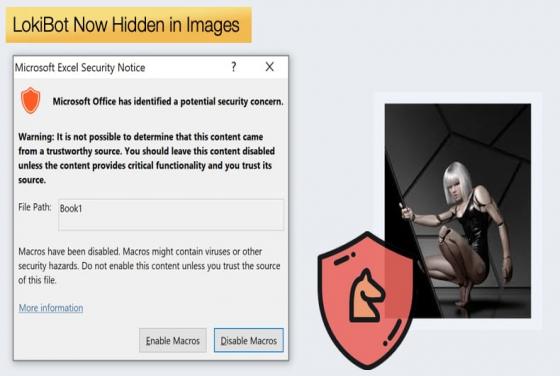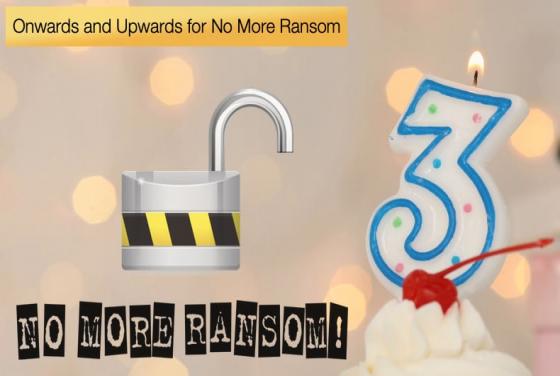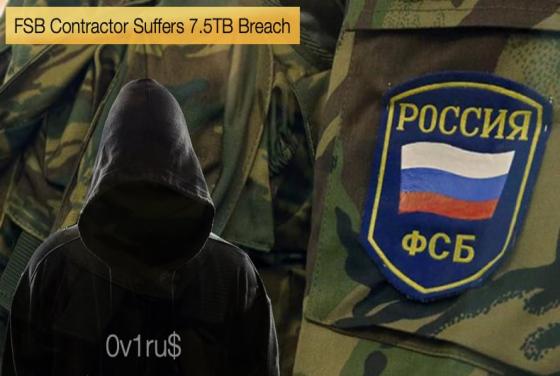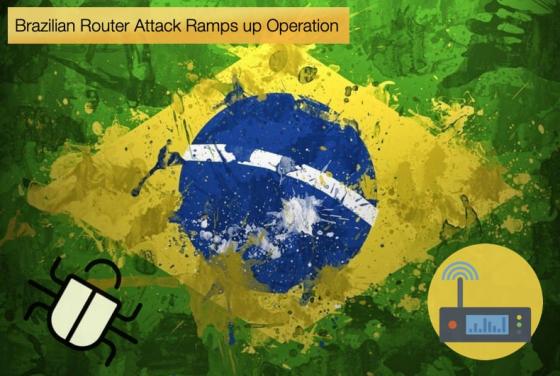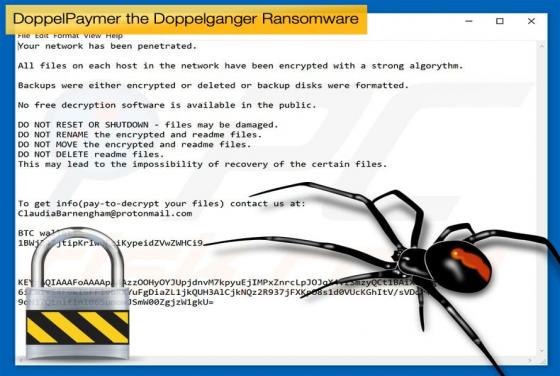

Varenyky Actively Targeting France
Researchers based at ESET, the well-known Slovakian security firm, have published an article detailing the emergence of a new spambot targeting those residing within the borders of France. A spambot is a malicious program designed to collect email addresses, once a list is created spam email is sent
